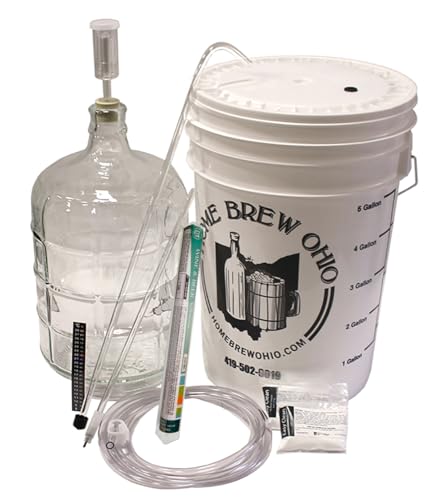The flavor turned very harsh, unpleasant. From what I've read, freezing may not harm the wine, but it can crystalize acid (not a surprise) and can damage some organic compounds, producing off flavors. This was 30+ years ago, and my main memory is rolling a sip in my mouth, then immediately spitting it out.I am curious what nasty means.
At this point I tried a wild grape which turned to slush and yielded a sludge. Then a Marquette red which solidified and when thawed after a week yielded a fine sand, but tasted good.
My friend's wine was ruined, well, from my POV. He drank it anyway, since it had alcohol in it. Early 20's guy, so this is not unexpected.
Something else to consider is that wine expands when it freezes so the bottle can shatter, or at least push the cork out.
Here's an idea for one of your tastings -- compare frozen and unfrozen samples of the same wine.



























































